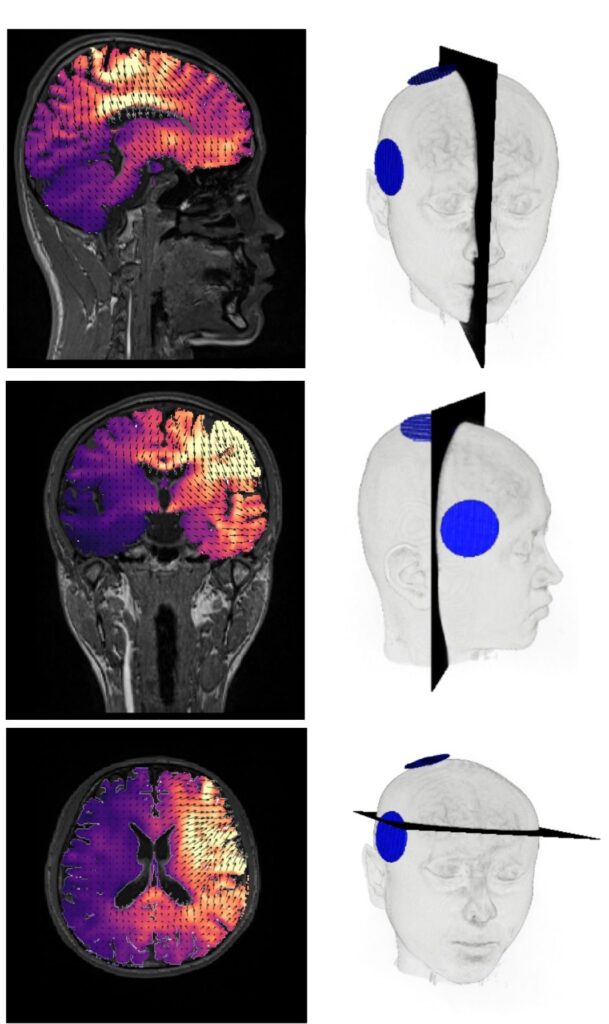Electroconvulsive therapy (ECT) stimulates the brain. But what exactly happens in the brain? And can ECT cause damage? You can read about that in this section.
How does ECT work?
Extensive research is being done on the precise mechanisms of action of ECT. We know it affects the brain and this has also been studied in animal models. For instance, in the late 20th century, scientists examined rat brains and found that electroconvulsive stimulation caused nerve endings in certain brain areas to grow.
Research is also conducted on humans to study brain changes, for instance using MRI scans, which allow us to make images of the brain. These show that parts of the brain temporarily become slightly larger after ECT. In some brain regions, this enlargement is linked to how well a person responds to the treatment. In other areas, the change does not indicate anything about the effect of ECT.
Examinations of brain tissue from people treated with ECT have revealed certain substances that indicate growth and change in brain cells. This is called neuroplasticity. It means that the brain is better able to adapt and reorganise itself. ECT can promote new connections between brain cells and perhaps even the creation of new brain cells. Importantly, no brain damage has been found in people who have undergone ECT, supporting the idea that it helps with recovery without causing harm.
What do brain changes after ECT look like?
In the image, you can see small sections of brain tissue from three groups of people:
A. People without depression (healthy group)
B. People with depression who did not receive ECT
C. People with depression who did receive ECT
Researchers examined these brain sections for certain substances. These substances provide information about neuroplasticity. This means that they are related to growth and change in the brain, such as the creation of new brain cells or new connections.
The brain cells containing these substances are stained brown in the images. We see that these substances are more present in the brains of people who received ECT (images C). This image therefore shows that people who received ECT display more signs of growth or renewal in their brains than people with depression who did not receive ECT (images B) and even more than healthy people (images A). This suggests that ECT may actively support brain recovery.


How does ECT stimulate the brain?
During an ECT treatment, a controlled seizure is induced while the patient is asleep under anaesthesia. This seizure is similar to an epileptic seizure and is essential for the treatment’s effectiveness.
Neurons in the brain communicate through electrical and chemical signals. These signals travel through different networks, enabling you to think, move, speak, feel and perform countless other functions. In ECT, electrical current is used to temporarily increase brain activity. The brain’s electrical signals speed up and multiple networks become active at the same time. Under normal circumstances, this would cause the body to shake during a seizure, but in ECT, a muscle relaxant is given to prevent physical convulsions.
The current stimulates neurons, triggering greater brain activity. The seizure typically lasts between 20 and 60 seconds, while the patient remains fully unconscious and feels nothing.
What does ECT look like on a brain scan?

The images illustrate how the electric field in the brain works. When the electrode is placed on the right side of the head (RUL), electricity flows from the upper electrode to the lower one. The light areas show where the current is present.

Here you can see the electric field in the brain. These are simulations based on an MRI scan. They do not depict an actual person who has undergone ECT.
You can see how the current moves from the upper electrode to the lower one. The arrows indicate the direction and the colours show where most of the electricity is concentrated.
Most of the electricity passes through the right side of the head.
These are data simulations made from an MRI scan, not images of someone who has actually received ECT.



